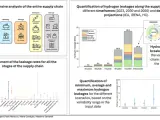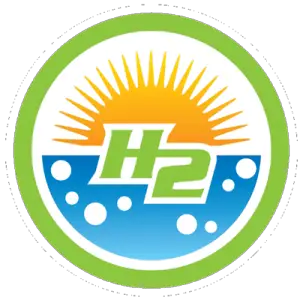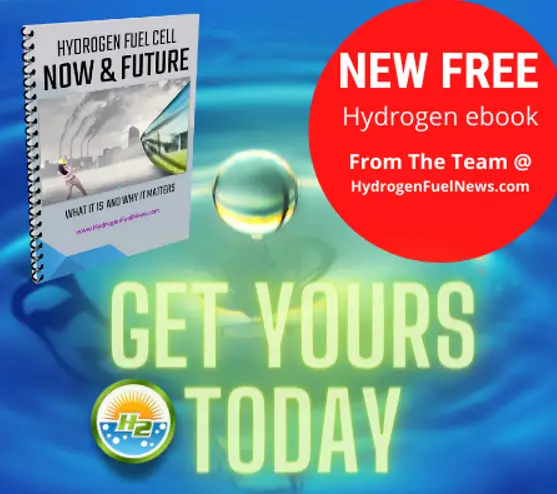
Hydrogen Mechanism Launch Puts Europe at the Heart of Clean Hydrogen Market Development
July 3, 2025On July 2, 2025, the European Commission rolled out a game-changing initiative in the push for a cleaner future: the launch of the EU Energy and Raw Materials Platform, led by its headline act—the Hydrogen Mechanism. But this isn’t just another Brussels buzzword. It’s a bold, hands-on move to cut industrial emissions, build up energy independence, and ease Europe’s reliance on imported fossil fuels—especially from Russia.
The Hydrogen Mechanism: Like a Dating App for Clean Energy
At its heart, the Hydrogen Mechanism is basically a matchmaking tool—just for energy molecules instead of people. It’s a digital and financial platform that connects green hydrogen and low-carbon hydrogen producers with big industrial buyers across Europe. The plan? To simplify the way clean molecules like ammonia, methanol, and eSAF (sustainable aviation fuels) get from the lab to real-world applications.
Companies can soon sign up, list what they’ve got (or what they need), and get matched during the platform’s coordinated auction-style events—starting with the first big one in September 2025. Think of it as Europe’s first official online marketplace for clean fuels, opening the door for standardized, scaled-up hydrogen production to fuel everything from factories to planes.
But the platform’s not stopping at matchmaking. It’ll also serve up planning tools for hydrogen infrastructure, open doors to EU and national-level funding, and give smaller players a fairer shot at entering the market. If the European stock exchange is for equities, this is the version for clean energy molecules.
Pushing Clean Energy Forward
This isn’t happening out of the blue. Following the 2020 launch of the EU Green Deal and the chaos of the 2022 energy crisis, Europe has doubled down on two things: energy security and industrial decarbonization. Hydrogen’s become the go-to solution for hard-to-decarbonize industries like steel, chemicals, and aviation—places where electrification just doesn’t cut it.
The Hydrogen Mechanism is being rolled out under the umbrella of the European Hydrogen Bank, ensuring alignment with funding priorities through at least 2029. On the ground, DG ENER—the European Commission’s energy branch—is steering the ship, managing both the technical fine print and public launch.
Dan Jørgensen: Putting Hydrogen Front and Center
Leading the charge is Commissioner Dan Jørgensen, who stepped into the role in late 2023. He’s been vocal about making hydrogen a “right now” priority, not something we wait a decade to figure out. As he put it during the launch (loosely paraphrased), Europe doesn’t have time to sit on its hands—we need clean hydrogen in the system today, not in 2035.
More Than Just a Marketplace
What makes this mechanism so interesting is what it unlocks beyond simple supplier-buyer connections. It’s a lever for big-picture change, paving the way to:
- Speed up the rollout of hydrogen transport and storage infrastructure
- Improve emissions tracking across hydrogen projects
- Serve as a blueprint for digital markets in other sectors, like critical raw materials and decarbonized gases
- Encourage risk-sharing between governments and companies through stronger public-private partnerships
Sure, there are still hurdles—industry insiders are already flagging drawn-out permitting timelines and messy standards between countries as speed bumps. But tackling those will be key if the EU wants investors and developers to stick around for the long haul.
Building the Backbone of a Clean Energy Economy
Backing the launch is nearly €1 billion in planned funding, plus the recent adoption of Regulation EU/2024/1789, which gives the Commission room to step in and guide early hydrogen market development. It’s all part of a bigger vision: breaking down today’s fragmented markets to create a joined-up, pan-European ecosystem capable of powering global sustainable energy demand.
And that’s not just talk. As the world rallies around hydrogen, Europe’s pushing a bold new model—one centered on digital tools and cohesive regulation. Just like it did with the ETS or GDPR, the EU could once again take the lead in setting the ground rules—this time, for how clean hydrogen does business.
The Digital Future of Energy Markets
With the first hydrogen matching event already on the calendar for September 2025, and more digital platforms for critical raw materials and carbon-neutral gases in the works, it’s clear Europe isn’t just experimenting. It’s reimagining what energy infrastructure even means.
These aren’t just websites—they’re strategic tools. Execution will be everything: cross-border coordination, ramping up renewables, and clearing up red tape. But one thing’s for sure—hydrogen isn’t just a buzzword in Europe anymore. It’s a traded commodity, and the continent’s ready to get serious about it.



 With over 15 years of reporting hydrogen news, we are your premier source for the latest updates and insights in hydrogen and renewable energy.
With over 15 years of reporting hydrogen news, we are your premier source for the latest updates and insights in hydrogen and renewable energy.